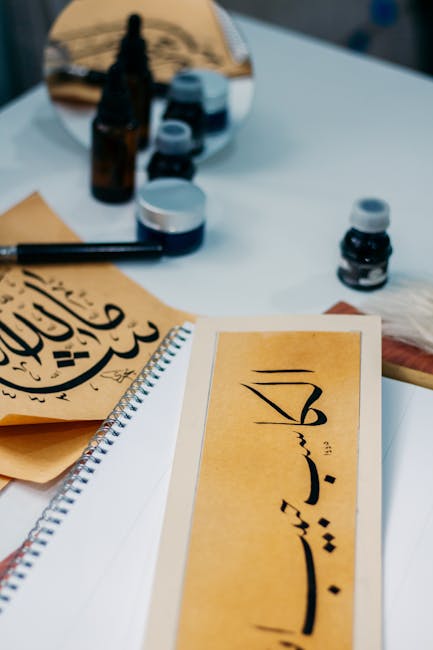The Psychology of Learning the Arabic Alphabet
Learning a new language is like opening a door to a whole new world 🌍. The Arabic alphabet, with its beautiful script and unique characters, offers a fascinating challenge for language enthusiasts. But what makes it tick in our brains? Let’s dive into the psychology behind learning the Arabic alphabet and how you can make the process smoother and more enjoyable.
Table of Contents
1. Understanding the Arabic Alphabet
2. The Cognitive Process of Learning a New Script
3. Tips for Mastering the Arabic Alphabet
4. Conclusion
5. FAQs
Understanding the Arabic Alphabet
The Arabic alphabet is not just a collection of letters but a gateway to a rich cultural tapestry. It consists of 28 letters that are written from right to left, a direction that requires a slight shift in cognitive processing. Unlike the Latin alphabet, each letter can take different forms depending on its position in a word, which adds a layer of complexity.
The Cognitive Process of Learning a New Script 🧠
When learning the Arabic alphabet, your brain is tasked with several cognitive processes. One of the most significant is the visual-spatial recognition needed to distinguish between similar-looking letters. This is enhanced by the fact that Arabic is written in cursive, requiring the learner to recognize letters in different contexts.
Moreover, learning a new script involves forming new neural connections, which is why repetition and practice are crucial. The brain’s plasticity allows it to adapt, but it needs consistent exposure to the new alphabet to become proficient.
Tips for Mastering the Arabic Alphabet ✍️
1. Start with Familiarization
Begin by familiarizing yourself with the shapes and sounds of each letter. Flashcards can be a fun and effective tool to help you remember.
2. Practice Writing
Writing the letters can significantly aid memory retention. Try tracing and then writing each letter independently, and then within words.
3. Use Mnemonics
Create associations or stories with each letter to help it stick in your memory. For instance, think of the letter ‚ج‘ (jeem) as a „jeep“ to remember its sound.
4. Immerse Yourself
Exposure is key! Surround yourself with Arabic texts, listen to Arabic music, or watch Arabic movies to see and hear the letters in context.
5. Stay Consistent
Consistency is crucial. Set aside a specific time each day for practice, even if it’s just 10-15 minutes.
Conclusion
Learning the Arabic alphabet is not just about memorizing letters; it’s about immersing yourself in a new way of thinking 🧩. By understanding the cognitive processes involved and applying strategic learning techniques, you can make this journey both rewarding and enjoyable. So grab your pen and start writing – the world of Arabic awaits!
FAQs 🤔
1. How long does it take to learn the Arabic alphabet?
The time it takes can vary, but with consistent practice, you can learn the alphabet in a few weeks.
2. Is the Arabic alphabet difficult to learn?
While it may seem challenging at first due to its unique script, with the right strategies and practice, it becomes manageable.
3. Can I learn the Arabic alphabet on my own?
Absolutely! With resources like online tutorials, flashcards, and language apps, self-learning is entirely possible.
4. Why does the Arabic alphabet look different in words?
The shape of each letter can change depending on its position in a word (beginning, middle, or end), which is part of what makes it unique.






